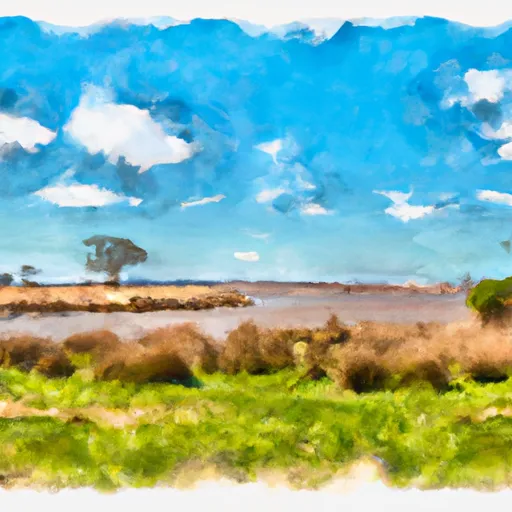Summary
With a moderate climate, Millville experiences warm summers and cool winters. The average summer temperatures range from the low 70s to the high 80s Fahrenheit, while winter temperatures typically hover between the mid-30s to mid-40s Fahrenheit. Rainfall is evenly distributed throughout the year, with an annual average of around 45 inches.
Nestled near the Indian River Bay, Millville benefits from its hydrology constituents. The bay provides a picturesque setting for residents and visitors alike, with opportunities for boating, fishing, and other water-based activities. The nearby Atlantic Ocean offers additional recreational possibilities, such as swimming, surfing, and beachcombing.
Millville is surrounded by natural beauty, boasting various outdoor recreation opportunities. For nature enthusiasts, the nearby Holts Landing State Park presents hiking trails, birdwatching, and stunning views of the bay. Additionally, the town is in close proximity to several golf courses, providing ample opportunities for golf enthusiasts to tee off in beautiful surroundings.
In summary, Millville, Delaware offers a pleasant climate, access to the Indian River Bay and the Atlantic Ocean, and diverse outdoor recreation possibilities, making it an attractive destination for nature lovers and outdoor enthusiasts.
Weather Forecast
Millville receives approximately 1148mm of rain per year, with humidity levels near 84% and air temperatures averaging around 14°C. Millville has a plant hardyness factor of 7, meaning plants and agriculture in this region tend to thrive during the non-winter months.

 Delaware Seashore State Park
Delaware Seashore State Park
 Wildlife Area Assawoman
Wildlife Area Assawoman
 Frankford Community Park
Frankford Community Park
 Fenwick Island State Park
Fenwick Island State Park
 Gorman Avenue Park
Gorman Avenue Park